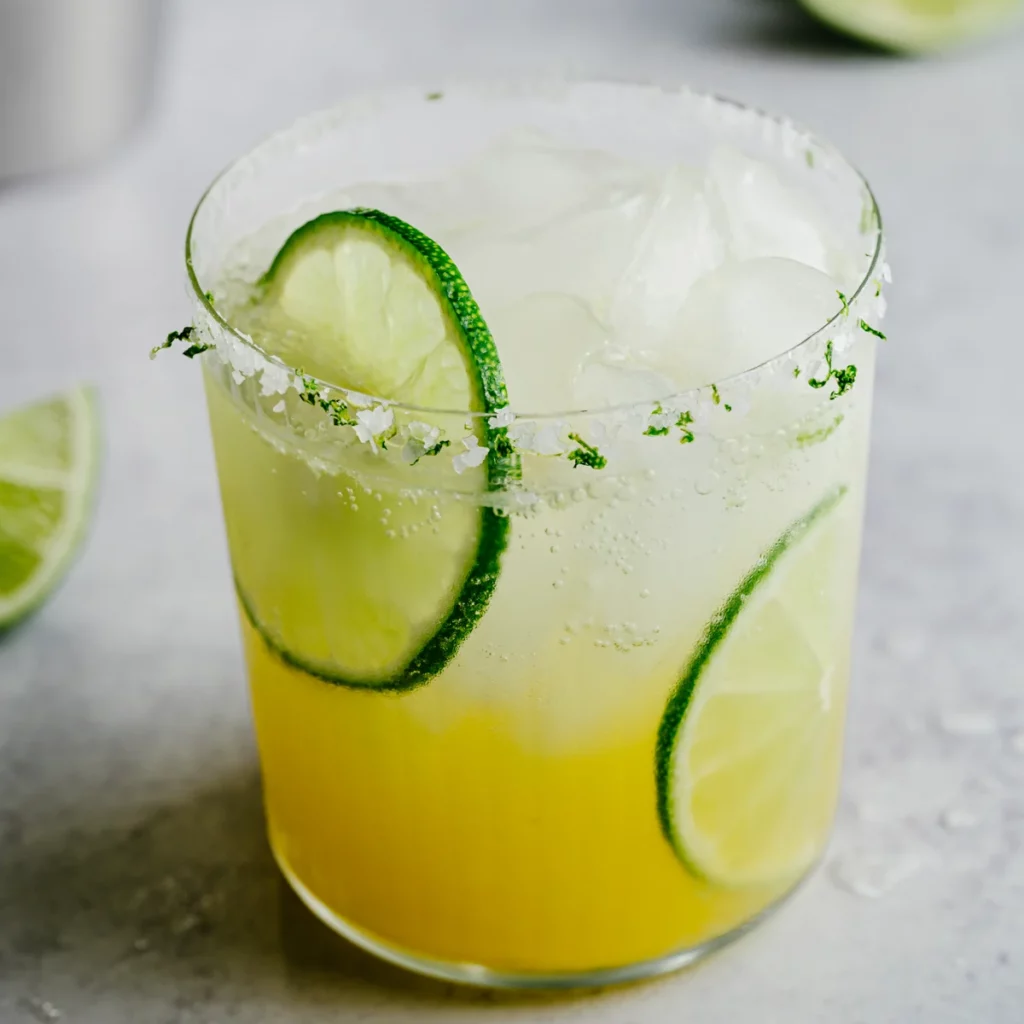
National Margarita Day is celebrated every year on February 22, and it’s the perfect time to enjoy this classic cocktail. Whether you prefer a classic Margarita or something with a little more kick, there’s no denying that this cocktail is perfect for any occasion.
Santa Fe can offer an easy way to celebrate. Taste 50 of the best margaritas in the world at The City Different’s most popular bars and restaurants.
If you don’t happen to be in Santa Fe, but are intrigued, set aside a few minutes to learn about the origins of the starring ingredient and its main squeeze, the margarita, here.
As a city that claims the Santa Fe Margarita Trail, we have a lot of knowledge about, not only that buzz in your margarita, but the margarita itself! Both have a long and somewhat disputed history, however there are four pieces of the tales on which we can all agree:
- Tequila is distilled from the extracted sugars of the blue agave plant’s slow-cooked core or heart (called piña because it looks like pineapple).
- The high-alcohol spirit (ABV: 38–50%) is named after the town where it was born in the Mexican state of Jalisco, one of five (of 32) states in Mexico that can produce tequila legally. (The others are Guanajuato, Tamaulipas, Michoacan, and Nayarit.)
- The main ingredient of the Margarita is Tequila!
- The Santa Fe Margarita Trail boasts 50 special cocktails at many of The City Different’s most popular bars and restaurants.
What’s Tequila’s origin story?
Some tales corroborate that the fermented juices of the agave plant (its pulque or sap) were once used by the Aztecs for religious ceremonies and medicinal practices. And then, fast forward, they were double-distilled in the late 16th century by the Spanish, who not only towed their ideas of conquest and religious beliefs to Mexico, but also their sophisticated distillation techniques. Perhaps they acknowledged early on that their imported sacramental wine just wasn’t going to cut it, and they needed a powerful alternative quaff!
Now, it seems unlikely that the Spanish would make the long trek to Santa Fe via the El Camino Real without at least some of this potent spirit, right? Right. We imagine they toted quite a bit of this “mezcal wine,“ “mezcal brandy,” “Mexican brandy,” as it was alternatively called, because it wasn’t until the 1700 and 1800s that industrious individuals José Cuervo and Don Sauza began cultivating the blue agave nectar in earnest, using the extracted sugars from its succulent core (not the pulque/sap) and ramping up commercial distillation and distribution. And not until 1852 did these now-brand-name families export the clear, high-proof stuff universally called tequila to the US!
Fast forward a bit: In 1974 the Mexican federal government finally codified specific criteria to govern Tequila production and ensure its authenticity and quality. Bestowed with a Designation of Origin designation, stating requirements about production, types of agave allowed, the distillation process, and labeling, Tequila joined the good company of Champagne, Scotch, Bordeaux, etc., which can all boast a sense of national pride in an age of cheap substitutes. Now that you know, do not accept any fakers!
How did the Margarita come to be?
And now that you’ve grasped Tequila’s background, here are a few tall tales (among dozens!) about the beloved cocktail that truly brought the Mexican spirit to fame. One theory considers that margarita is Spanish for daisy, and a daisy is a common drink combination of any alcohol, lime or lemon juice, and a sweet liquid. Others involve various Mexican bartenders from the 1930s and 40s: One mixed Tequila with the Cointreau and lime when he couldn’t recall the recipe of a Magnolia. “Oh, I thought you said you wanted a Margarita,” he exclaimed to the patron. Another’s girlfriend (named Margarita) liked salt in her drinks and he concocted the combo for her as a gift. So there’s obviously a bit of mystery here, but that makes it all the more fun!
Thank goodness the Margarita graces our lives in its many incarnations—on the rocks, red chile rimmed, green chile infused, añejo doused, prickly pear sweetened, and a whole lot more—50 of which you can find along the Santa Fe Margarita Trail at the most popular bars and restaurants. Each locale has created an original, special margarita, steeped in story for the Trail. Ask Julia’s why their margarita is called the Juliarita (there’s more to the tale than that it’s made with the apricots from the onsite trees that Julia Stabb and Archbishop Lamy planted together in the late 1800s) or inquire the scoop behind The Melanie at Maria’s, and you just might want to order another round.
Courtesy of SantaFe.org
